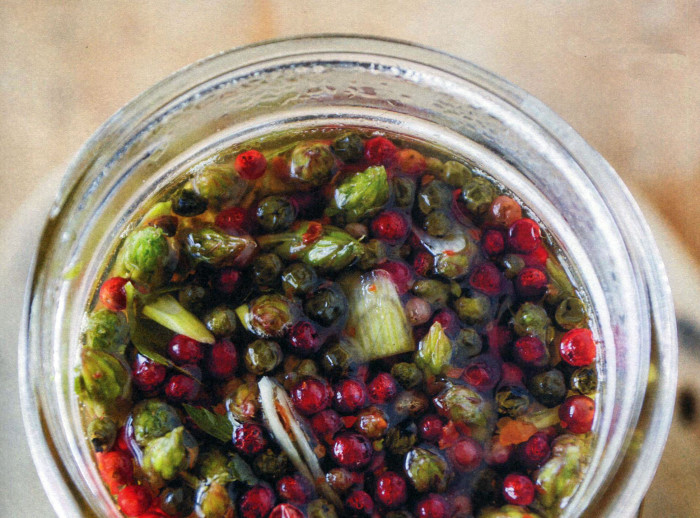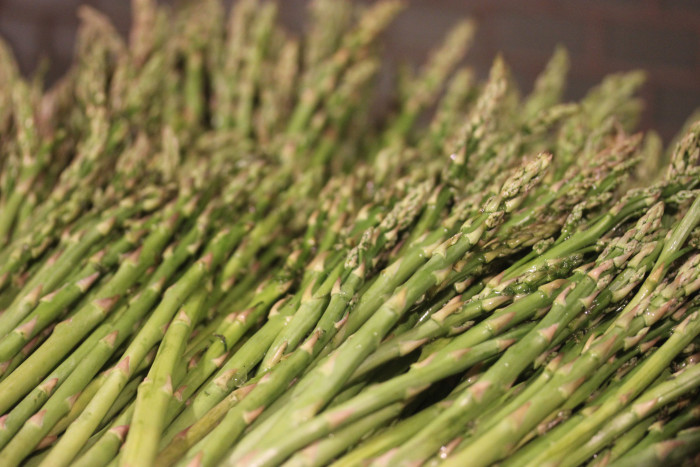It’s mid-June and summer will officially arrive in just a week. Yet spring lingers. It was cool and wet, or perhaps cold and wet for you. But, there is good news. The asparagus season has lasted very long. You can still find an abundance of fresh asparagus ready for your enjoyment.
Here’s a different way to enjoy it. You don’t bake or roast it. You don’t eat it whole. You pickle it. Put the jars in the refrigerator and use for a couple of months — or do the official canning thing with boiling water and enjoy for up to 9 months. Personally, I don’t like the effect of that boiling water. Heat truly affects the flavor of asparagus, so I suggest you go the refrigerator route.
You can easily modify this recipe to go your own flavor route. Add some dill. Add more peppercorns or some sliced jalapenos. The variety of results you can achieve here is literally endless.
What to do with these pickled asparagus spears. Eat ‘em. Or put them in a Bloody Mary. Cut them up and put in salads — imagine the change in the flavor profile of your favorite potato salad. Or put them and pat of butter on that next steak hot off your grill.
Pickled Green Asparagus
Yield: 1 quart
Ingredients:
- 1 pound asparagus
- 2 sprigs fresh tarragon
- 1 tablespoon pickling salt
- 1 tablespoon yellow mustard seeds
- ½ tablespoon pink peppercorns
- ½ teaspoon crushed red pepper flakes
- 1 cup cider vinegar
Preparation:
Trim or snap off the woody bottoms of the asparagus. Peel the lower 2 inches of the remaining asparagus stalks with a vegetable peeler. Pack the asparagus and the tarragon sprigs into a clean quart jar, making sure there’s an inch of clearance at the top, and set it aside.
Combine the pickling salt, mustard seeds, peppercorns, red pepper flakes, vinegar, and 1 cup of water in a small nonreactive saucepan and bring to a boil. Reduce the heat to low and simmer for 5 minutes. Remove the pan from the heat and set it aside to cool for 10 minutes.
Ladle the pickling mixture into the jar, leaving 14 inch of headspace at the top. The jar can be stored in the refrigerator for up to 2 months, or processed according to the jar manufacturer’s directions to store on the shelf for 9 months.
Source: The Broad Fork by Hugh Acheson [Clarkson Potter, 2015]


